news
Submitted on 2010-12-21

European space weather is quickly growing in professionalism and maturity. This has been particarly noticeable at the annual European Space Weather Week, ESWW. Whereas in the past years we still had many wooly discussions of the popular kind, these days we discuss hard core developments, services and new insights. Something is clearly changing.
Submitted on 2010-09-07On Aug 01, a series of solar events gave rise to a combination of Earth-directed halo CME's. We screen the event based on SDO and STEREO-Ahead movies, and ACE data.
What is peculiar is the fact that the accompagnied flare was only of a moderate class. It was a combination of different events in a fast sequence. In a way of speaking, all the energies involved in each process added to each other and resulted in a final energetic impact on Earth.
Submitted on 2010-05-04The ESA micro-satellite PROBA2 was launched last November with two solar instruments onboard: SWAP, an EUV imager, and LYRA, a UV radiometer. SWAP and LYRA have an open data policy. We are happy to announce the beta data release of the science data products.
We also announce the open call for the PROBA2 Guest Investigator Program to promote & fund SWAP and LYRA data analysis by external scientists (submission deadline June 10!).
For the time being, we have online the following FITS files in YYYY/MM/DD directories:
Submitted on 2010-04-19On April 03, 2010, the SIDC sent out a PRESTO message alerting about the halo CME heading for Earth. PROBA2 witnesses the radiation flare associated with the plasma eruption.
PROBA2 on the cover of the ESA-portal
Submitted on 2009-12-31A compilation of the most memorable space weather moments of 2009 can be found underneath. Using the fantastic (J)Helioviewer software, a ***MOVIE*** was created containing one or more clips of each event. Usually, images obtained by SOHO and the STEREO spacecraft were used.
Submitted on 2009-12-14This news item was written by F. Clette from the SIDC/WDC.
Submitted on 2009-07-31The SIDC provides the International Sunspot Number (ISN) in different forms and on different time scales: estimated, provisional, definitive, daily, monthly, monthly smoothed, yearly, ASCII, graphs. The choice is up to you.
Submitted on 2009-02-10 We have the honor to welcome E. Parker in June 2009 at the Solar-Terrestrial Center of Excellence. This will be an occasion to speak to the world's top expert on the solar wind. It was in the 1950s that Parker developed his theory about the solar wind. In the perception of many, his name is a synonym for solar wind. Parker suggested that the corona, the exterior part of the solar atmosphere is continuously expanding. This spherically symmetric expansion is called the solar wind.
We have the honor to welcome E. Parker in June 2009 at the Solar-Terrestrial Center of Excellence. This will be an occasion to speak to the world's top expert on the solar wind. It was in the 1950s that Parker developed his theory about the solar wind. In the perception of many, his name is a synonym for solar wind. Parker suggested that the corona, the exterior part of the solar atmosphere is continuously expanding. This spherically symmetric expansion is called the solar wind.
Pages
Zircon - This is a contributing Drupal Theme
Design by
WeebPal.



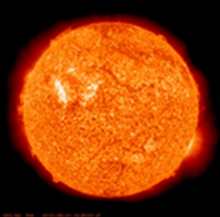
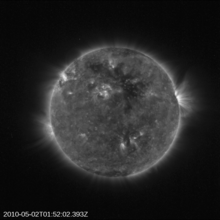
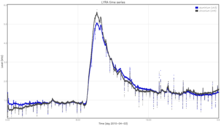
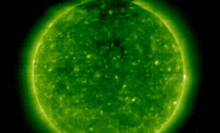
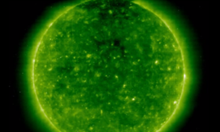

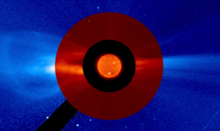

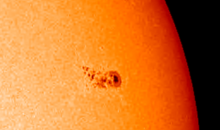

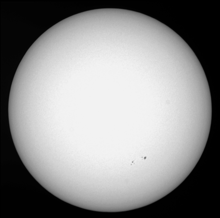
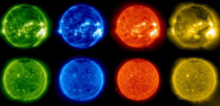
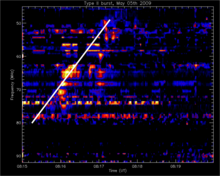
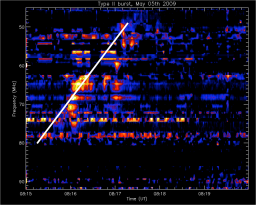

 We have the honor to welcome E. Parker in June 2009 at the Solar-Terrestrial Center of Excellence. This will be an occasion to speak to the world's top expert on the solar wind. It was in the 1950s that Parker developed his theory about the solar wind. In the perception of many, his name is a synonym for solar wind. Parker suggested that the corona, the exterior part of the solar atmosphere is continuously expanding. This spherically symmetric expansion is called the solar wind.
We have the honor to welcome E. Parker in June 2009 at the Solar-Terrestrial Center of Excellence. This will be an occasion to speak to the world's top expert on the solar wind. It was in the 1950s that Parker developed his theory about the solar wind. In the perception of many, his name is a synonym for solar wind. Parker suggested that the corona, the exterior part of the solar atmosphere is continuously expanding. This spherically symmetric expansion is called the solar wind.



